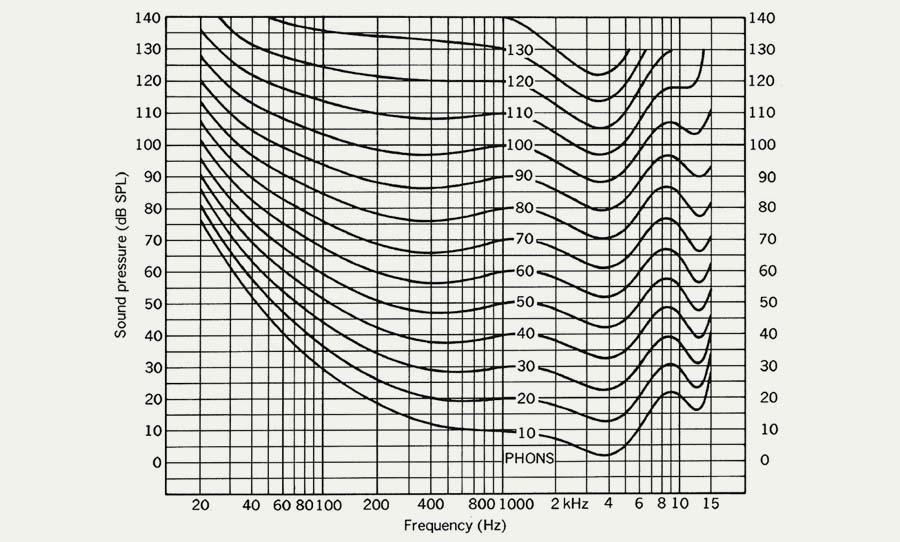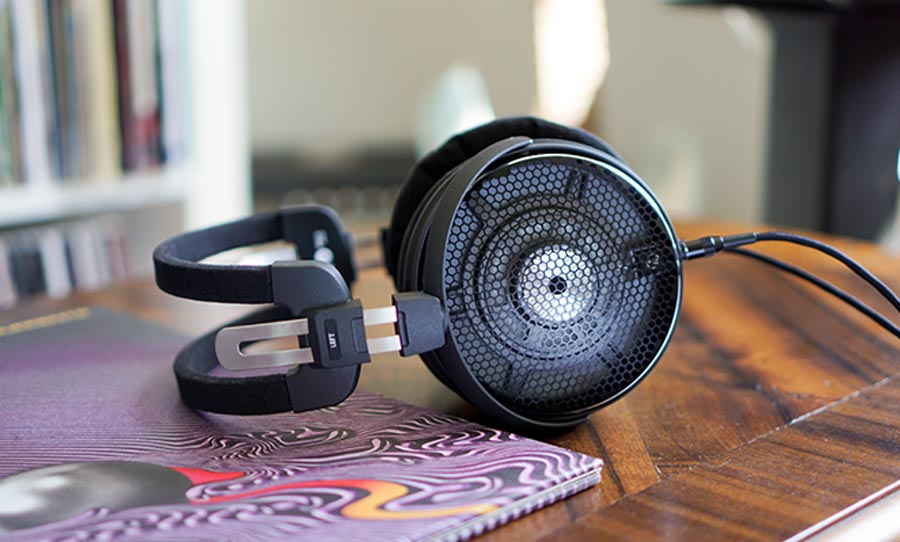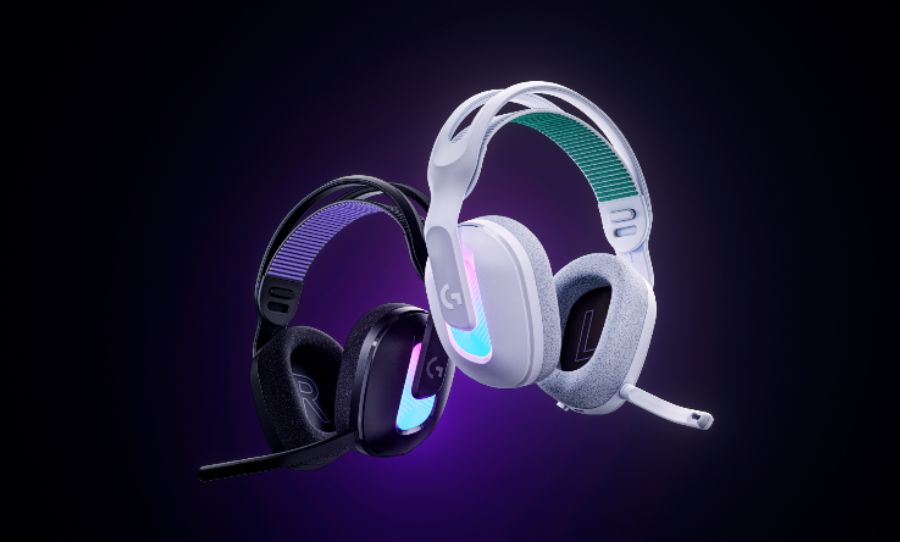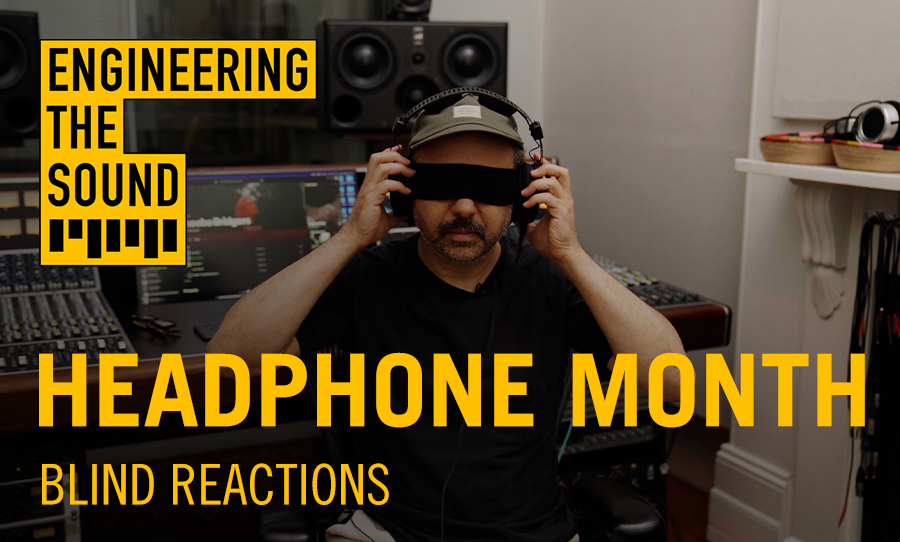It’s a conundrum that everyone who has followed their audio passion eventually confronts: listening levels in the studio. A lot of the time, the question is approached from a technical perspective: how loud should I listen to make the best mix decisions, in order to achieve the best results? Ear health, though, is another equally pertinent consideration.
Being in the studio for the long haul – both in the context of long hours and long careers – depends on a commonsense approach to protecting our most valuable asset: our ears. So read on as explore this all-important topic, one that is crucial to understand for long-term health in the world of sound. 
Enjoying a long career in audio means looking after the health of your most valuable asset: your ears. So let’s dive into the topic of listening levels in the studio.
A Steep Learning Curve
The sensation of hearing is complicated. In fact, the more you know about frequencies, the more complex it becomes. Think about it: basically, anyone can tell you if they hear something or not. But a sound engineer’s job is to not only discern whether things are audible or not, they are also charged with the task of ensuring balance across the entire frequency spectrum. The essence of a good mix is the perceived equal power of bass, middle and treble frequencies.
But when trying to navigate the nuances of frequencies, there is also another factor at play: volume. How loud a sound (or a mix of sounds) is, also skews our perception of the frequency content. This phenomenon was most mapped out in a seminal experiment for the audio industry by Harvey Fletcher and Wilden A. Munson in 1933.

Known ever since as the Fletcher-Munson curves, it has helped generations of audio enthusiasts to understand the relationship between pitch and volume. The basic principle: the human ear is most sensitive at around 3-5 kHz. Either side of that frequency window, the volume needs to turned up for the sound to be perceived at equal volume.
As you can imagine, this has some very real-world implications when applied to a mixing or monitoring context. If you want to feel that kick drum, sub-heavy 808 or bass with the same power as a guitar or vocal, it’ll need to be cranked up. And if you’re working in an environment that hinders rather than helps bottom-end reinforcement, it can be confusing and painful for your ears.
Consistency is Key
In fact, keeping volume calibrated – that is to say, consistent – has been adopted widely by the audio industry as a way to ensure better mix decisions are made. Since the late ’70s, a standard volume for mixing for cinema has been adopted. In this system, the volume in the control room is mirrored in the theatre – so if things become uncomfortably loud for the engineer, so it will be for the audience.
The standard decibel level decided upon for this environment was 83 dB – much too loud for a modestly-sized studio. Therefore, you’ll need to sensibly scale it for your room. Mixing legend Chris Lord-Alge told Sweetwater:
“In your studio, always monitor at the same volume — use a dB meter to set it (there are SPL meter apps available for smartphones as well as dedicated SPL meters). Find a low volume level that works and that you can listen to for extended periods of time without ear fatigue and always work at that volume.”
Because of those Fletcher-Munson curves, inexperienced engineers will often ‘chase’ better sounds by tweaking the volume knob on their monitoring system. Take it from someone like Chris Lord-Alge, who’s made a career from mixing ‘loud’ rock music – sensible listening levels coupled with consistency is integral for ear health and longevity in the studio. 
With mixing and monitoring on headphones, it’s not as easy to set up a test for measuring sound pressure level. The lessons of consistency and rest can still be applied. Being right next to your ears though, the volume can quickly get out of hand.
Monitoring at even quieter levels on headphones is important to prevent damage. Using open-backed headphones, which by design are less prone to bassy resonances, will offer a more consistent frequency response across the spectrum and a more balanced mixing experience.
Understanding the relationship between the frequency spectrum and volume can help you to make better mixing decisions. Coupling this with regular breaks to protect yourself from fatigue will enable you to follow your audio passions, well into the future.


